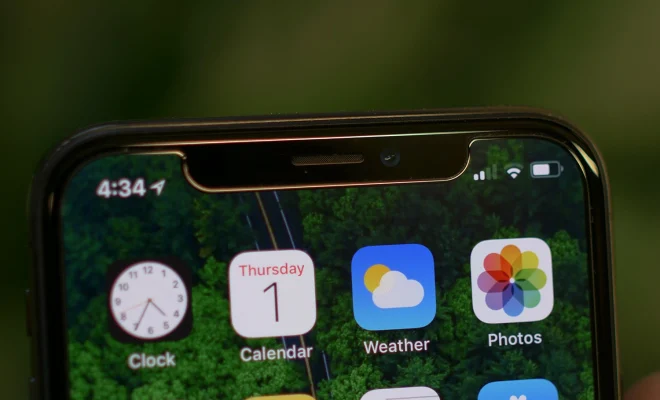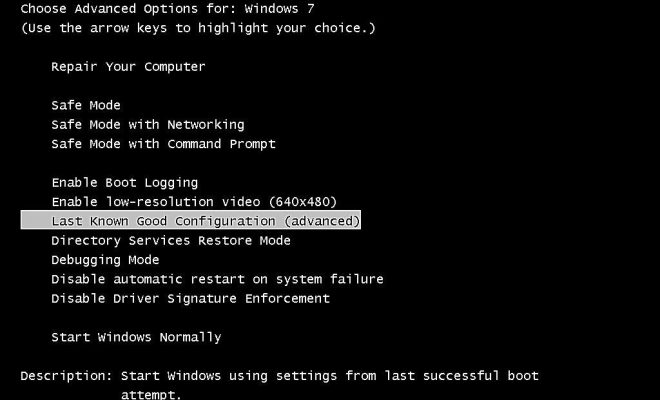Smartphone Notches: Why They’re So Popular and Why They’re Going Away

Smartphone notches have become a common feature in modern smartphones, with most flagship phones adopting them as a design feature. However, this trend appears to be coming to an end, with manufacturers looking to eliminate the notch altogether. In this article, we will explore the reason for the popularity of the smartphone notch and why it is being phased out.
Firstly, the smartphone notch started as a solution to a problem. Smartphone manufacturers were looking to increase display size while keeping the overall device size small. The problem with this was that the front-facing camera, sensors, and speakers take up space on the top bezel of the phone, leaving little room for a larger display. This is where the notch came in. The notch allowed for manufacturers to push the display closer to the edges of the device while still keeping the necessary sensors and cameras intact.
The popularity of the smartphone notch can also be attributed to Apple. The iPhone X, which was released in 2017, was the first smartphone to remove the home button and incorporate a notch. The notch on the iPhone X was often considered a design statement, with Apple claiming that it was an innovative feature that would enhance the user experience. This helped the notch become a trendy design feature that many other manufacturers followed.
However, the popularity of the notch has started to decline as many smartphone manufacturers are now realizing its drawbacks. One major criticism of the notch is that it can be distracting and takes up a considerable portion of the display where users would like to view content. As a result, many manufacturers have been looking at alternative designs to eliminate the notch entirely. These include pop-up cameras, under-display cameras, and even hidden selfie cameras.
Another reason for the decline of the notch is the pursuit of full-screen displays. With the popularity of larger displays, manufacturers are looking for ways to create a completely edge-to-edge display. The notch becomes a hindrance in this case, preventing the creation of a continuous display.
In conclusion, while the smartphone notch was initially a popular design feature, it appears that its days are numbered. The rise of alternative designs that eliminate the notch entirely, combined with the pursuit of full-screen displays, means that the notch’s popularity will likely decline even further. Ultimately, the notch was a necessary design feature at the time, but as technology evolves, it seems that it will soon become a thing of the past.




